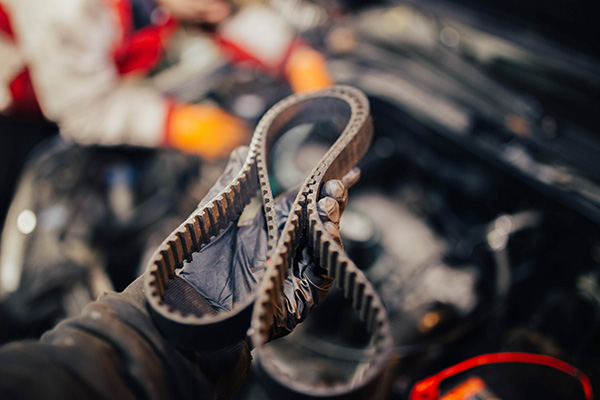
Cold weather has a way of exposing a car’s weak spots. Belts stiffen, hoses crack, and little issues that went unnoticed all summer can suddenly leave you stranded when the temperature drops. As winter approaches, checking your car’s belts and hoses is one of the smartest things you can do to avoid unexpected breakdowns.
These rubber components might not get much attention, but they keep major systems like your cooling, charging, and steering running the way they should. A quick inspection now can save you from expensive repairs or a tow truck later.
Why Belts and Hoses Matter
Belts and hoses might not seem exciting, but they’re essential to your car’s daily operation. The serpentine belt drives the alternator, water pump, and power steering. Radiator hoses carry coolant between the engine and radiator to control temperature.
When a belt snaps or a hose leaks, it can lead to overheating, loss of power steering, or even a dead battery. Because these parts are made of rubber, they’re especially sensitive to changes in temperature. Cold air makes old rubber brittle, which is why fall is the best time to check for wear.
How to Spot Worn Belts
The serpentine belt is constantly moving whenever the engine runs, so it naturally wears over time. You can sometimes spot trouble just by looking or listening.
Watch for:
- Cracks or missing sections
- Frayed edges
- A smooth or shiny surface (known as glazing)
- Squealing or chirping sounds during startup or acceleration
If you hear a squeal on cold mornings, it’s often the first sign that the belt is slipping. In severe cases, a broken belt can leave you without power steering or cause the engine to overheat. Most manufacturers suggest replacing the belt around 60,000 to 100,000 miles, but weather and driving habits can shorten that lifespan.
Hose Problems That Can Lead to Trouble
Radiator and heater hoses carry coolant under high pressure and extreme temperatures. As they age, they can swell, crack, or turn soft.
Signs of hose problems include:
- Visible splits or bulges
- Coolant stains or residue near the hose ends
- A strong sweet smell from leaking antifreeze
- A spongy feel when squeezed
Even a small leak can cause your engine to overheat during long drives or stop-and-go traffic. A burst hose can drain coolant in minutes, leaving you waiting for a tow in freezing weather. If you suspect a problem, have a technician pressure test the system to confirm.
Don’t Forget About Tension and Clamps
Even belts and hoses that look fine can fail if they’re not properly secured. A belt that’s too loose can slip, while one that’s too tight can wear out faster. Hoses rely on clamps to stay sealed, but those clamps can loosen slightly as metal contracts in cold weather.
Checking the tension and making sure clamps are snug can prevent leaks and ensure your system runs smoothly.
Why Fall Is the Perfect Time for Inspection
The first cold snap often hits before drivers are ready. By the time winter fully arrives, weakened rubber components may already be at their breaking point. Fall’s cooler temperatures are a good test run for what’s coming, giving you time to fix small issues before they turn serious.
Preventive maintenance almost always costs less than dealing with a breakdown on the side of the road.
Winter Readiness Starts at Just Automotive in Williamsburg, IA
Before winter sets in, bring your vehicle to Just Automotive in Williamsburg, IA. Our team will inspect your belts, hoses, and other critical components for signs of wear, leaks, or tension issues. If anything looks questionable, we’ll replace it before it causes trouble.
Stop by for a seasonal inspection and make sure your car is ready for whatever the cold weather brings